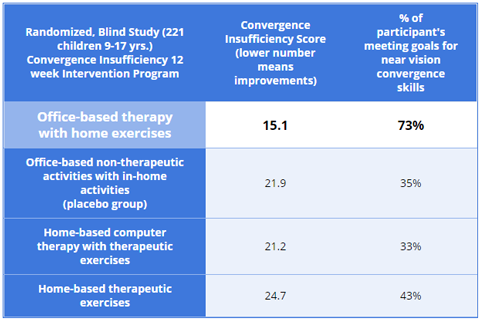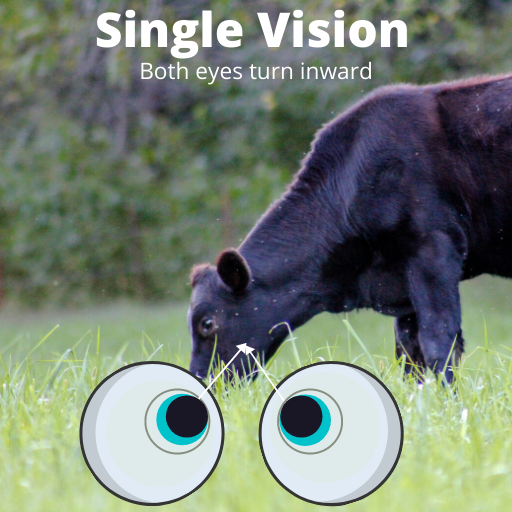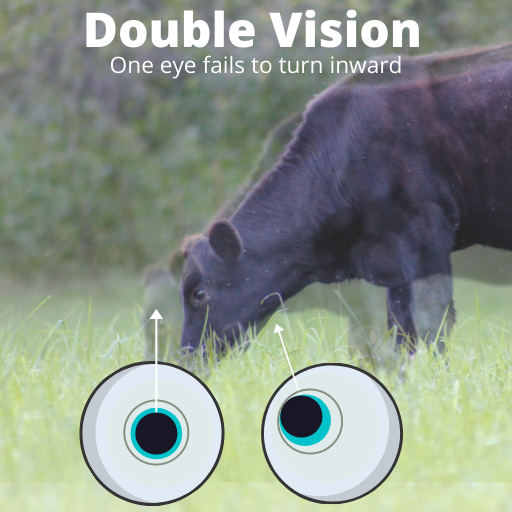The Uniqueness of Cheri’s Auditory-Visual Focused Approach

The Uniqueness of Cheri’s Work
Cheri has worked tirelessly to develop educational and advocacy resources for parents, clients, and professionals. She strives to teach others to recognize behaviors associated with both visual and auditory processing difficulties with the goal of improving self-acceptance and starting intervention. Testimonials and stories woven into video presentations provide a glimpse of the life-changing effects of Cheri’s work with clients of all ages.
Moore Auditory-Visual Questionnaires
The Moore Auditory-Visual Questionnaires were developed by Cheri Moore to improve her ability to consistently and fully understand the client’s academic or workplace difficulties, injuries, and ear, nose, and throat health. What used to take Cheri hours to learn through phone calls and emails is now easily learned through the client’s Moore Auditory-Visual Questionnaire Report. Accuracy is improved through pre-questionnaire activities and questions that are answered with the help of a loved one or close friend. Moore Auditory-Visual Questionnaire Reports also help clients communicate concerns with their doctors, therapists, and teachers.
Auditory-Visual Training Protocols
The Auditory-Visual Training Protocols were developed by Cheri to maximize clients’ responses to vision therapy and auditory integration training. Cheri tracked clients’ progress and observed emotional responses during their auditory integration training programs and vision therapy. Her observations led to the development of the Auditory-Visual Protocols. Over time, Cheri learned to improve emotional health while optimizing clients’ ability to make progress and maintain progress after completion of auditory integration training and vision therapy. Research shows remarkable and complex interactions within the hearing and visual system.
Cheri’s special education teaching license enables her to provide additional services:
1) IEP and 504 accommodation letters
2) End of the year Letter of Progress
3) End of year achievement testing with accommodations (Iowa & Stanford)
Auditory Integration Training Benefits Individuals With:
- Sound Intolerance
- Trauma, like a concussion
- Poor ear, nose, or throat health
- Hearing loss with sound intolerance
- A Concussion
- Autism
- Attention deficits with or without hyperactivity
- Dyslexia
- Specific learning disabilities
- Central Auditory Processing Deficits
According to the American Optometric Association, relying on vision screenings that only test for how well one sees, 20/20 vision, fails to provide accurate information concerning visual difficulties 63% to 73% of the time.
“The American Optometric Association (AOA) recommends that all children have a comprehensive eye exam (eye alignment, eyesight, eye health) by an eye doctor (optometrist) as opposed to a vision screening, before beginning first grade.“
“Undiagnosed and untreated vision disorders increase the potential for misdiagnosis of special needs and Attention Deficit Hyperactivity Disorder (ADHD), placing unnecessary stress on families and classrooms.” (https://www.aoa.org/patients-and-public/resources-for-teachers)
Research Significantly Supports Improved Visual Processing Skills After Vision Therapy

| Randomized, Blind Study (221 children 9-17 yrs.) Convergence Insufficiency 12 week Intervention Program | Convergence Insufficiency Score (lower number means improvements) | % of participant’s meeting goals for near vision convergence skills |
|---|---|---|
| Office-based therapy with home exercises | 15.1 | 73% |
| Office-based non-therapeutic activities with in-home activities (placebo group) |
21.9 | 35% |
| Home-based computer therapy with therapeutic exercises | 21.2 | 33% |
| Home-based therapeutic exercises | 24.7 | 43% |
A greater percentage of children (73%) who received an in-office vision therapy program with in-home eye-exercises made significantly more progress resulting in significantly lower convergence difficulties (15.1) when compared to a much lower percentage of participants (35%, 33%, 43%) making some progress who received vision therapy only at home or in-office, non-therapeutic visual activities with in-home visual activities.
Evidence-based Results for Vision Therapy from 9 research sites. (2008). Randomized clinical trial of treatments for symptomatic convergence insufficiency in children. Arch Ophthalmol; 126 (10):1336-1349. Retrieved from https://www.ncbi.nlm.nih.gov/pmc/articles/PMC2779032/


FDA Statement On AIT
“Auditory Integration Training remediates impairments in auditory discrimination (sound sensitivity and auditory distortion) associated with Autism, Learning Disabilities, and related disorders – ADD, ADHD, CAPD (Central Auditory Processing Deficits), SPD (Sensory Processing Disorder), Dyslexia.“
Are you ready to complete the Moore Auditory-Visual Questionnaire?
Discover what questions to ask and what to observe during visual activities.
Complete the questionnaire to receive your Auditory-Visual Report.
